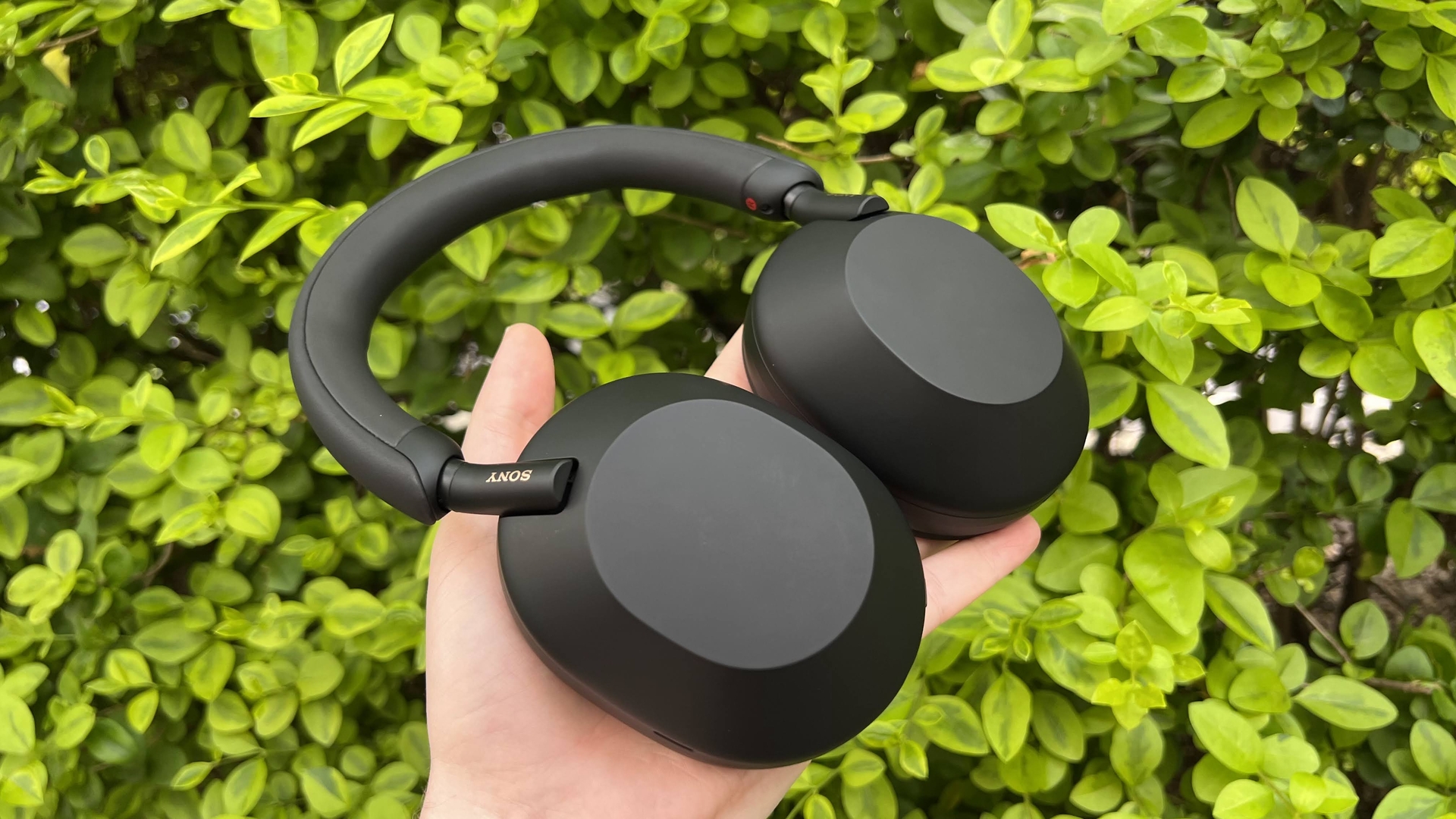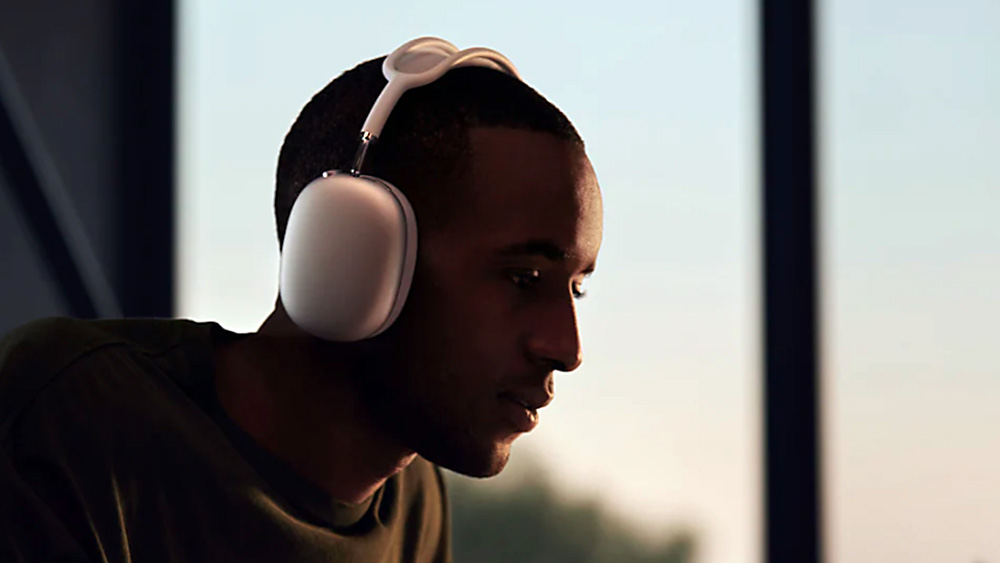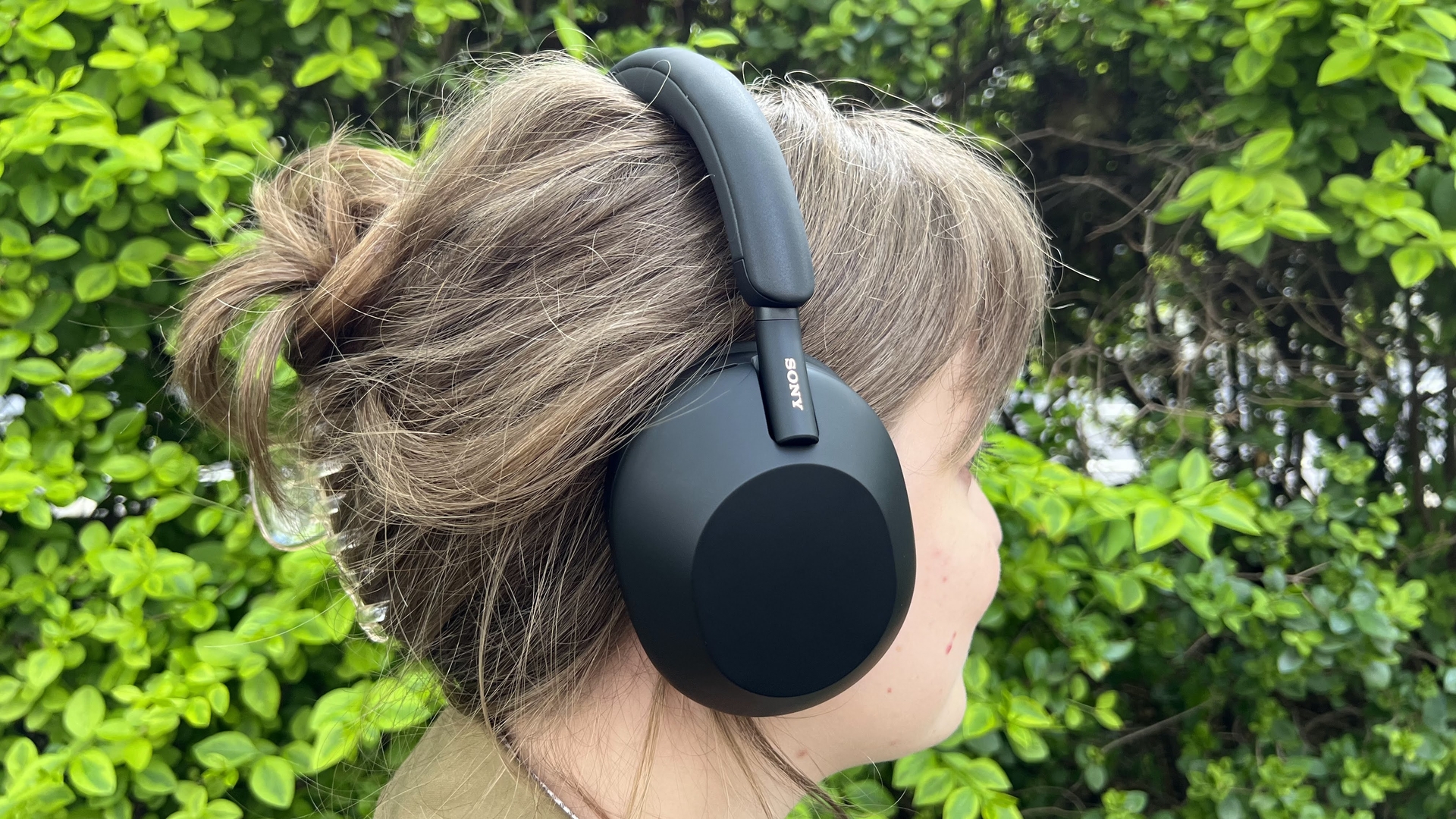I tested Sony's WH-1000XM5 against AirPods Max, and Apple's still the king… mostly
Despite Sony's advances, I'd still take the older AirPods

We've already given a glowing five-star review to the Sony WH-1000XM5 wireless headphones – they're among the best headphones you can buy today, no question. But they launched at a much higher price than their illustrious predecessor, the Sony WH-1000XM4.
In fact, they launched at such a high price that they've stepped out of the zone where their obvious competition is the likes of the Bose QC45, and into much more dangerous territory: they're getting mighty close to Apple's AirPods Max.
The only reason TechRadar's audio team doesn't rave constantly about the stunning audio quality of the AirPods Max among these pixels is that they're so highly priced that they're inherently niche. They launched at $549 / £549, which is literally double the price of the Sony XM4, so we have to weight any improvement in audio quality against that massive gulf in cost. It wasn't and still isn't a 100% fair comparison.
Except you can now regularly find AirPods Max dropping to about $429 / £399 – and even lower at times. Meanwhile, the Sony WH-1000XM5 cost $399 / £380. This comparison is not unfair at all.
So I grabbed a pair of both and set myself down for a head-to-head (but with just the one head). And the conclusion I came to is that the AirPods have the edge even though the Sony headphones are much newer… except for some key things that might sway you.
Sony WH-1000XM5 vs AirPods Max: sound quality
The thing about the Sony WH-1000XM5 is that they're not a big leap forward from the XM4 when it comes to sound quality, despite the higher price. They're an improvement in many ways, especially in the control of the bass and some extra punch at the high end, though some at TechRadar feel they lack a bit of detail compared to the XM4.
But they're not enough of a leap forward to compete with the sheer aural awesomeness of the AirPods Max. In direct comparisons, I noticed that the Sony product is naturally heavier in the bass (even though the AirPods Max are no slouch in the low-end) and just a little warmer in the midrange particularly, but everything feels more compressed.
What you notice in the AirPods Max is the sheer dynamic range. Where the Sony XM5 feels like its treble is doing as much sparkling as it can within the constraints of an (admittedly fairly large) box, the AirPods Max bust straight out the top of the box, lifting highlights more cleanly out of the midrange and giving them more life and detail. A cymbal crash through the AirPods Max subsides more naturally; the XM5 has to swallow the same crash into the overall mix more quickly.
The AirPods Max go further and feel more expansive across the frequencies – the midrange is more neutral, but doesn't feel flatter because of it. It feels like a precise and powerful ballroom dancer covering every inch of the dance floor with their steps and swoops, while the Sony XM5 is a frantic latin dancer, making expressive sharp motions with their whole body, but in a tighter, defined area.
Ultimately, I'll take the AirPods Max any day of the week for the out-of-the-box sound.

However, Sony allows you to make more adjustments to the sound. The Sony app gives you great control of the EQ, among other options. You can tweak sound personalization to improve the audio further, and you can even use LDAC connectivity for higher-resolution streaming from your phone, assuming your phone supports it.
Most people won't play with these, so the AirPods still win generally, but the AirPods really lack in the ability to tweak or improve their sound in other ways.
Sony WH-1000XM5 vs AirPods Max: features
Speaking of the Sony app, let's talk about the other things the Sony does well. Both have active noise cancellation, and I'd say they're roughly on a par – but with an edge to Sony because it offers more options for noise-cancellation.
The AirPods Max offer ANC on, Transparency Mode, and ANC off. That's it. And the Transparency Mode is very transparent. Too much so, in my opinion.
The Sonys offer different levels of noise cancellation for different activities, and will switch between them, which works really well. And you can just hold a hand over one earcup to let in sound temporarily, which is much less overly noisy than the AirPods' transparency mode.
Plus, they have a regular old 3.5mm jack for when you might want to plug your expensive headphones into a plane entertainment system or work computer, or anything like that. You have to buy a custom cable for the AirPods Max to do that.
However, AirPods Max do have Apple's Spatial Audio with head tracking, and with Dolby Atmos movies on your iPhone or iPad, this is incredible. It's better than most home theater systems. And while the Sonys do handle 360-degree audio, there's no integration as good as this.

Sony WH-1000XM5 vs AirPods Max: design
Now this is a tough one, and I go back and forth on which I prefer. The Sony WH-1000XM5 are much lighter at 250g / 8.8 oz than the AirPods Max's 385g / (13.6 oz).
This makes a big difference: the thin headband on the Sony can stay comfortable on your head for a long time with spongey-yet-firm padding. The AirPods Max use a kind of reverse hammock system, where a mesh between two steel bands holds them on your head – still comfortable, but definitely feels more like it's enveloping your skull.
It's the same for the earcups, where the relatively thin amount of padding on the Sony is more than enough to form a good seal and keep them solid. The AirPods Max use much thicker pads and really clamp themselves to the sides of your head, to better distribute all that weight. And it works for the AirPods – they are comfortable. But the Sonys do it effortlessly.
However! I find that the Sony WH-1000XM5 pads cause the skin under them, and your ears, to get warm quickly. When I take them off after a while, I feel a bit of relief from the cooler air. The AirPods Max pads are more breathable (they're made from a mesh rather than a faux-leather), and are more forgiving when it comes to temperature overall – though being larger pads, they too can feel like a relief to remove.
Sony WH-1000XM5 vs AirPods Max: conclusion
With the Sony WH-1000XM5 raising the price so close to the AirPods Max's domain, I was expecting a jump forward in sound to match, especially with Sony's history of fantastic sound-quality in its headphones. But there's not much of a competition here: if sound quality is your focus and you spot a deal on the AirPods Max for a price close to the Sony product, they're still the better option.
However, I think the XM5 are more universally comfortable simply by being lighter, and they offer more in-app control options for sound and noise cancellation plus some genuinely useful extra little features.
I will probably reach for the AirPods Max and their audio quality the majority of the time – especially as I watch movies on the go a lot. But for those without an iPhone especially, I wouldn't argue against picking the Sony for one second… although you should think very hard about the Sony WH-1000XM5 vs Sony WH-1000XM4, and whether it's worth saving a huge chunk of money.
Get daily insight, inspiration and deals in your inbox
Sign up for breaking news, reviews, opinion, top tech deals, and more.

Matt is TechRadar's Managing Editor for Entertainment, meaning he's in charge of persuading our team of writers and reviewers to watch the latest TV shows and movies on gorgeous TVs and listen to fantastic speakers and headphones. It's a tough task, as you can imagine. Matt has over a decade of experience in tech publishing, and previously ran the TV & audio coverage for our colleagues at T3.com, and before that he edited T3 magazine. During his career, he's also contributed to places as varied as Creative Bloq, PC Gamer, PetsRadar, MacLife, and Edge. TV and movie nerdism is his speciality, and he goes to the cinema three times a week. He's always happy to explain the virtues of Dolby Vision over a drink, but he might need to use props, like he's explaining the offside rule.